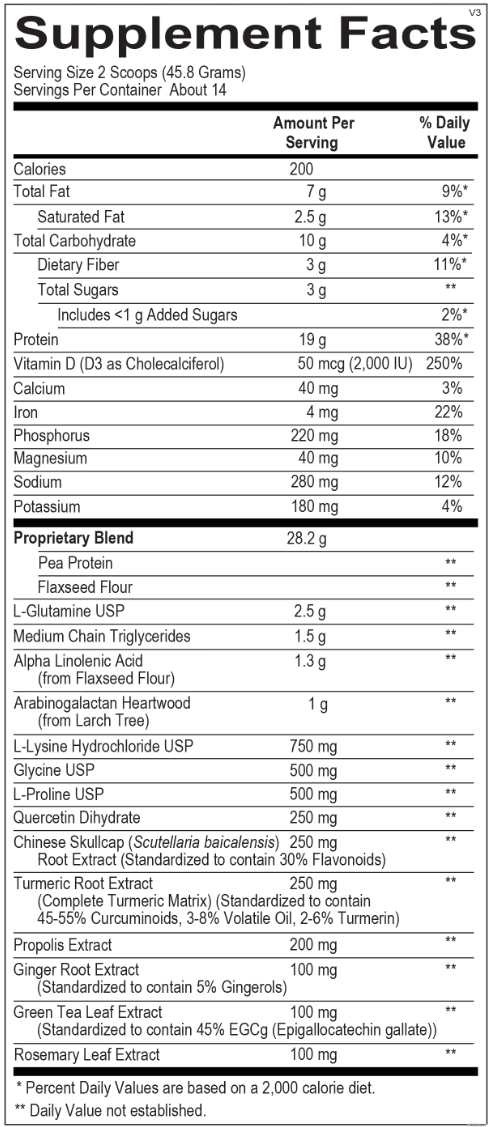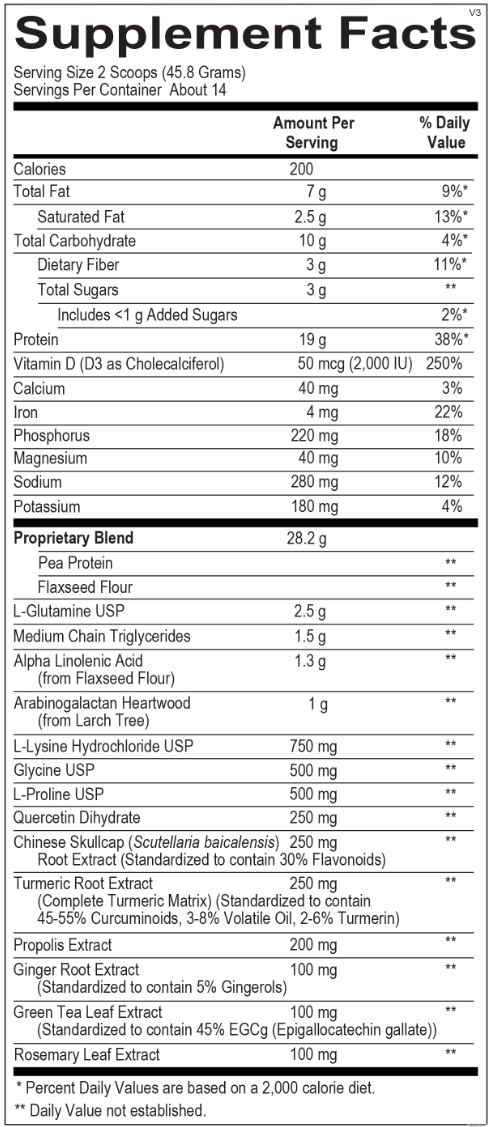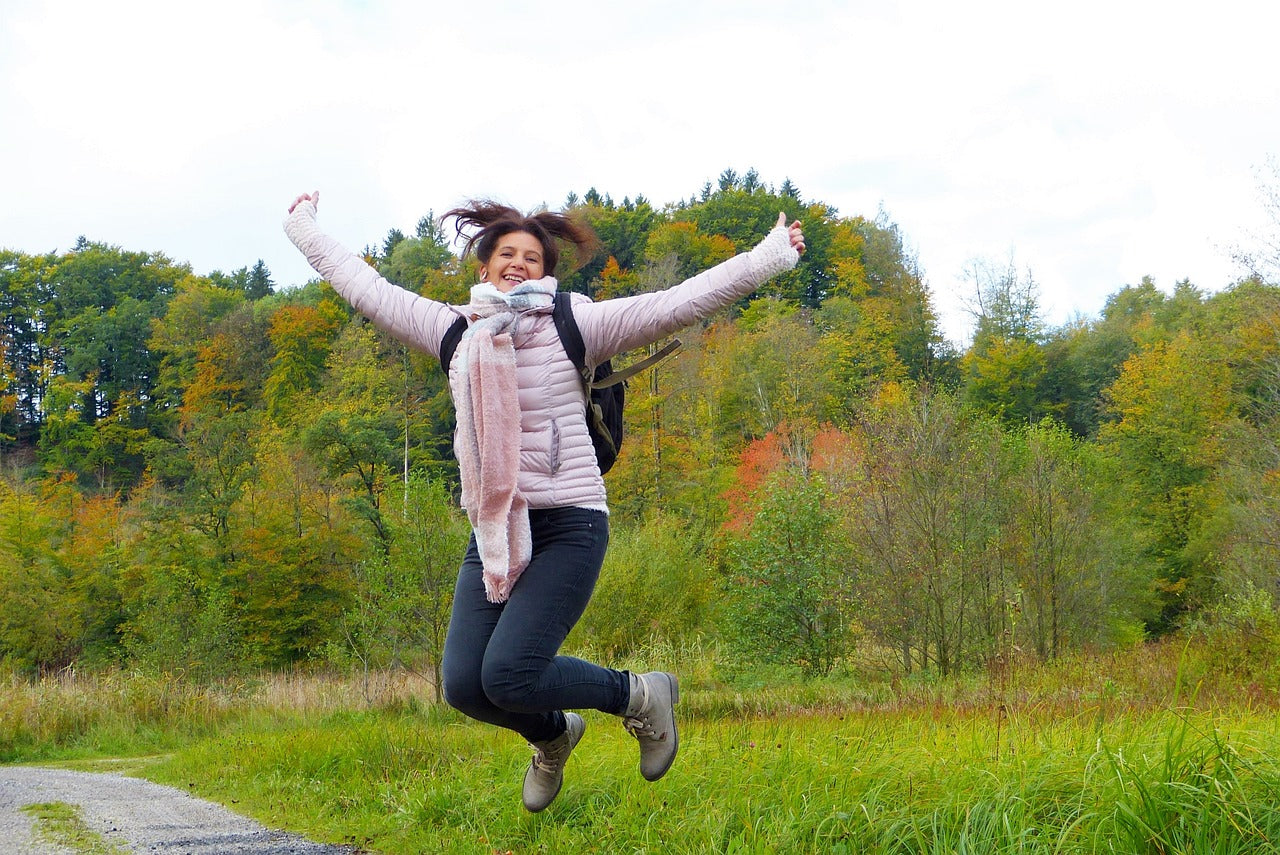
10 Simple Yoga Exercises For Beginners
Dr Anita NischalTable of Contents
| Americans spend more than $16 billion on yoga classes and equipment each year to bend and fold naturally. Yoga is a physical, mental, and spiritual practice with its origination in 400 C.E. It is derived from the Sanskrit root yuj, meaning “to yoke,” or “to unite”. It aims to create a union between body, mind, and spirit between the individual self and universal consciousness for a sign of spiritual awakening. |
Yoga has been practiced with different interpretations and styles for thousands of years up for achieving liberation from suffering. Open to individuals of all ages, shapes, sizes, and genders, yoga is best performed early in the morning.
Beginners, do not let the crazy yoga poses on Instagram intimidate you. If you are new to yoga, then here are some of the comfortable and flexible yoga for beginners at home, to begin with. Check out the 10 simple yoga poses for beginners.
10 Easy Yoga Poses Anyone Can Do
Are you a beginner wondering where to start? Well, here is a quick list of 10 beginner yoga poses for you to try out today!
Mountain Pose (Tadasana)
Mountain pose or Tadasana is when you stand upright with majestic steadiness resembling a mountain. It is the base for all the standing yoga poses. Involving a major group of muscles improves concentration and focus. It may seem as one of those easy yoga poses standing but it has a lot going on.
Tree Pose (Vrksasana)
Tree is the best standing yoga pose for beginners to start with. It helps in gaining balance to work on achieving more focus and clarity. Combining it with mindful breathing while you are standing and keeping the body balanced brings more sturdiness. In this pose, you replicate the stance of the trees.
Triangle (Trikonasana)
Triangle Pose can be the best beginner yoga poses to stretch their muscles. It is among the effective standing poses that help stretch your waist, open up lungs, and strengthen the torso and overall body. In several high-end beginner yoga exercises too, this triangle pose is prominent.
Warrior I (Virabhadrasana I)
Warrior pose is one of the essential beginner yoga exercises for building strength and stamina in yoga practice. Build and improve confidence by stretching your waist, lower body, and core by stretching your hips and thighs.
Downward Facing Dog (Adho Mukha Svanasana)
Downward Facing Dog is another yoga stretch for beginners that enables stretching and strengthening the entire body. It is the first pose that beginners learn while stepping into the world of flexible yoga. Typically, in complex yoga poses, this is a transitional pose and can also be a resting position.
Upward Facing Dog (Urdhva Mukha Svanasana)
Similarly, the other yoga stretches for beginners is the Upward Facing Dog pose is practiced in sequence with the Downward facing dog pose. This powerful pose energizes and awakens the upper body’s strength. It offers an extensive stretch for the abdomen and chest.
Seated Forward Fold (Paschimottanasana)
A seated forward fold pose involves a forward bend in yoga practice. Stretch your hamstrings, upper, and lower back, and sides. Perfect as yoga stretches for beginners, it opens the body and has mindfulness breathing through challenging options.
Bridge Pose (Setubandhasana)
Bridge the gap between your mind and body with the Bridge Pose. It is a counter pose to a forward bend. As beginners, stretch your back and front with the bridge pose. It helps strengthen the body and revitalizes your energy leaving you feeling refreshed. It is one of the divine ways to release lower back pain or help ease discomfort.
Child Pose (Balasana)
Child pose or Balasana is one of the resting and gentle yoga postures- perfect as one of the beginner yoga poses. Stretch your thighs, legs, and hips to calm down your mind and relieve any tension. This yoga pose is not only a good resting pose but also excellent for regular yoga practitioners of all levels. Make sure to put the blanket under your hip or head or knees.
Savasana (Corpse Pose)
A yoga session is incomplete without this relaxation pose Savasana or corpse pose. Though it looks easy, it is one of the challenging poses. It requires you to stay present and aware during those five to ten minutes of lying down. This may be the easiest of all the beginner yoga poses.
Conclusion
No need to be experts to reap your rewards. Begin with the basic ten yoga poses for beginners, and get going. Yoga is great for people of all ages. However, beginners must go for slower-paced yoga sessions to start. With regular practice, you can build flexibility and strength to reap your own strengths and abilities. Are you ready for these easy yoga poses?
Topics You May Find Helpful-
Never eat directly after yoga. Give yourself a window of 30 minutes to 1 hour to re-acclimate yourself. Listen to your body, avoid heavy meals, and go for lighter options like juices, fruits, or healthy snacks.












